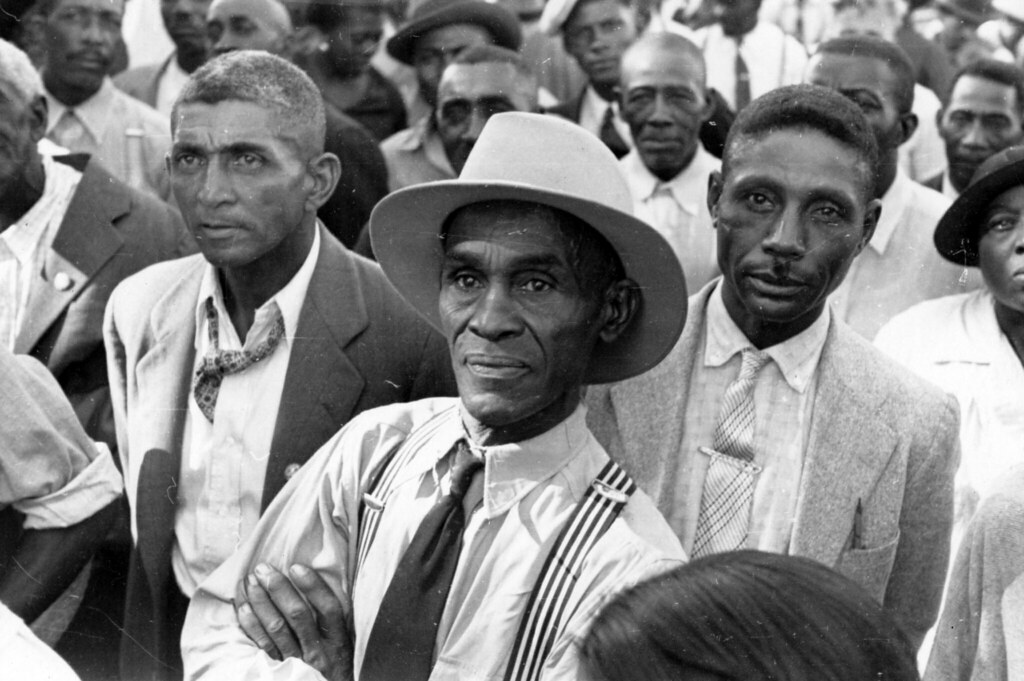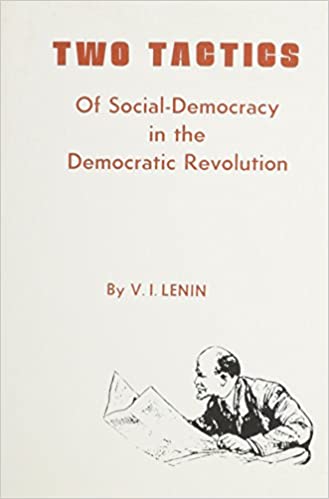When examining issues surrounding the Black Lives Movement (BLM), there are three areas of interest if we are to understand and respond to it. These are the proposition, the organization, and the movement itself.
One must strain to find anything objectionable with the proposition. It ought to be obvious that the lives of blacks matter because blacks are human beings made in the image and likeness of God. They matter because they are human, just as the members of every other human racial group. In effect, race itself is a social construct that uses certain biological differences but cannot create a break in nature. Humans remain humans regardless of these divisions created in the course of history. Blacks are among the natural sons and daughters of God, with an ineradicable intrinsic dignity. The intrinsic dignity of blacks is a truth based on the general idea of human worth, and emphasizing a subset of humanity might simply assist us in addressing practical realities that need attention. If you are drowning, I’m coming to rescue you, not the entire human race.
Moreover, to recognize such distinctions is not in itself objectionable. To focus on a subset of humanity for emphasis is normative in the way we analyze situations in context. A good example is when we say that the unborn matter. That statement is not exclusivist, as if it implies that people who have already been born are not important. I question those who strongly object to the proposition that black lives matter, as this might convey a deficient anthropology that includes racial antagonism. There is no need to react to things simply because they offer an emphasis on blacks or any other group of people. At times, that might be necessary.
In 2013, three radical Black organizers — Alicia Garza, Patrisse Cullors, and Opal Tometi — created a Black-centered political will and movement building project called #BlackLivesMatter. It was in response to the acquittal of Trayvon Martin’s murderer, George Zimmerman.
BLM Website
Still, we might ask if an otherwise unobjectionable proposition such as “Black Lives Matter” can be misused. One possibility is that one means to say that only blacks matter.[1] One can also attempt to prevent others from focusing on other subgroups by demanding that everyone focus only on one’s own agenda. For example, attacking those who say “Blue Lives Matter” as more police officers are killed in the line of duty or are attacked as a group, would seem to imply opposition to highlighting the problems of a different group. In a pluralistic society informed by civility and liberty, there will be multiple areas of concern and differences of approach in tackling issues. When a group wants to fill all of the air in the public square, we must be careful about the agenda that might lie behind the attempt. In short, the proposition in itself can be misused, but it is not only unobjectionable but true—Black Lives Matter.

When we look at the organization, however, things get more complicated. We move from the examination of a proposition as it is to the ideological context given to it by the group.[2] Historically, the proposition was created as a slogan within a very specific ideological context, which we know to be Marxism-Leninism.[3] The origin expressed this basic ideological framework through its focus on race, gender, and economic issues as understood by radical progressive politics. It was not human dignity, the natural law, special Christian revelation, Christian anthropology, or basic historic understandings of justice that gave rise to the slogan. It was the plight of blacks filtered through the prism of a detrimental secular ideology that motivated the creation of a social media campaign after certain racial incidents.
The movement gave rise to an organization from within a radical ideological understanding of oppression. In the hands of that group, the proposition, now a slogan, became instrumental to their ideological goals and a way of framing the question of black life in America—blacks are the perennial victims of America. Black life is enclosed within the construct of systemic racism, which is in essence a revolutionary system of thought, not a reformist one. The theory refers to the systemic nature of the society, not necessarily to the systematic or formal steps taken in a process. Blacks are said to be victims of a system that is fundamentally racist and that results in discrimination against minorities even if none of its policies or institutions are explicitly racist.[4] Blacks are said to be victims of an institutional arrangement whose inherent purpose is to perpetuate white supremacy and black exclusion. Aiming at eliminating overt systematic discriminatory practices, in this view, does not make a dent in a system that is by definition racist. There is no compromise with that system, even if, for tactical reasons, reform might serve a momentary purpose.
If one is not in alignment with that ideological understanding of black life in America and with the goals necessarily resulting from such understanding, it is reasonable to ask what the organization is doing with an otherwise fine proposition. After all, as stated, propositions converted into slogans can be misused, especially as they can reflect deeper ideological suppositions. A proposition can be correct but become instrumentally negative as a weapon for an ideology. How to know? Well, the founders of the movement are open about the origins, history, mission, vision, and goals of the Black Lives Matter organization. One is not injuring justice and defaming the group when one takes their assertions as accurate representations of their views. In doing so, we can offer an objective assessment of the organization, and those of us who reject Marxism and Leninism can confidently assess and reject the organization.

We finish with the movement itself. Movements tend to have a center and a periphery. The center is without a doubt the BLM organization and its aims. We know this because the organization created the slogan, generated the movement, benefits financially from it, conducts and channels activities for the movement, and perpetuates a narrative through the movement. What we know as BLM began with rage at what the organization calls “rampant and deliberate violence inflicted on us by the state.” BLM describes its origins this way: “In 2013, three radical Black organizers — Alicia Garza, Patrisse Cullors, and Opal Tometi — created a Black-centered political will and movement building project called #BlackLivesMatter. It was in response to the acquittal of Trayvon Martin’s murderer, George Zimmerman.” The radical movement became an organization and then a “united front.”
Within the periphery of this movement, there are multitudes of people who are more concerned with the truth of the proposition and join. What is problematic, as stated, is that the proposition is not free-floating. It is not a theoretical examination of anthropological realities or a general affirmation of dignity seeking systematic (not systemic) reform. It is a proposition converted into an instrument. Those on the periphery are being influenced by and unwittingly cooperating with the center.
It is reasonable to expect that people who defend the proposition but do not accept the ideology of the main organization would try to detach the movement from its center. This, however, is an impossible task. The gravitational pull of ideological movements is quite powerful and everything that challenges the center is expelled. Those who openly reject the center are denounced and said to be against the general aim of justice. Once one is within the whirlwind of that hurricane, it is impossible to go outside on a picnic.
Many good people join movements out of concern for a cause or an event and motivated by the desire to “do something.” Once a movement starts, however, it is rather difficult to resist its luring enticements, especially when the system becomes a parasite living out of true historical wrongs. It camouflages its true colors by looking like another necessary step on the long American journey for racial justice. This camouflage works, despite the founders of the movement telling us what their ideology is, because people want it to be different and hope to isolate the center from its periphery. But the center sucks you in.

This is complicated by what we know of the organization’s ideology and the Leninist concept of the united front. We can find the idea in Marx but the concept emerges in full with Lenin and his theory about imperialism as the highest stage of capitalism.[5] Once the Communist Party was made illegal in Russia and Lenin had to go into exile, the Bolsheviks chose to utilize broader movements and causes to advance revolution, abandoning the idea that such alignments polluted the cause. In his work Two Tactics, Lenin rejected the Menshevik call for extreme revolutionary opposition by the proletariat through its vanguard and proposed to “march side by side with liberal and monarchist bourgeoisie without merging with either.”[6] Lenin decried the refusal of Communists to participate in elections, to join larger causes to advance revolution, and to create movements around certain problems that could bring fellow travelers[7] alongside the proletarians. Lenin called ‘childish’ the Communist refusal to compromise with the bourgeois parties and movements as such tactical efforts were an essential part of the Communists’ ultimate victory.
The fact that BLM is an ideological movement whose origin was spread through a network of radical organizations defending multiple causes and later became a Marxist-inspired organization, gives us reason to believe that the wider movement that has emerged is a united front. History shows that fronts in the countries experiencing “colonialism” or “imperialist oppression” kept on widening to include more and more non-communist sectors. The Communists grew whenever they followed correct united front tactics with other movements. They gained mainstream status and acceptance and were looked upon as the most active unifiers of those fighting injustices.[8] The BLM movement has all the elements of a sophisticated united front.
Taking into consideration these three aspects, one who desires to proclaim the truth and do justice but does not want to become a tool of those who cunningly manipulate people must seriously pause before embracing the BLM movement. Affirm the truth of the proposition that black lives matter. As the living out of justice does not necessitate a movement, the best attitude is one of healthy skepticism toward the BLM movement and of committing to getting involved with non-ideologically motivated organizations doing positive things in the black community. It is important also that we understand the issues at hand and learn of the competing forces within the Civil Rights Movement that gave way to various understandings of black reality in America—one integrationist, personalist, and reformist; and the other separationist, dialectical, and revolutionary.
[1] In its statement of beliefs, the Black Lives Matter main organization—it is after all a network, not just one group—says: “We are unapologetically Black in our positioning. In affirming that Black Lives Matter, we need not qualify our position. To love and desire freedom and justice for ourselves is a prerequisite for wanting the same for others.” In other words, they do not claim that only blacks have dignity but that affirming black dignity is a prerequisite for affirming the dignity of others. See https://blacklivesmatter.com/what-we-believe/
[2] On its website, the main BLM group states its ideological foundation, “Black Lives Matter is an ideological and political intervention in a world where Black lives are systematically and intentionally targeted for demise. It is an affirmation of Black folks’ humanity, our contributions to this society, and our resilience in the face of deadly oppression.” See https://blacklivesmatter.com/herstory/.
[3] In a now well-known interview, BLM co-founder Patrisse Cullors admits the Marxist nature of the organization. See https://www.youtube.com/watch?v=Pyhy4IvkENg.
[4] See https://withoutbullshit.com/blog/category/ask-dr-wobs.
[5] Tactics were one of the main debates among early communists. It was to counter the tendencies in the West and the East to simply copy the Soviet model that Lenin wrote his famous work ‘Leftwing’ Communism: An Infantile Disorder (1920). It is one of the most important and lasting works by Lenin on political tactics and on the concept of the united front that has been so successful until the present day.
[6] Vladimir Illych Lenin, Two Tactics, #5. See https://www.marxists.org/archive/lenin/works/1905/tactics/ch05.htm.
[7] The concept “fellow traveler” (poputchik in Russian, meaning “one who travels the same path”) was coined by Trotsky to identify the intellectual supporters of the Bolshevik government who did not join the party. In the 1920s, they were given official sanction in Soviet Russia but were eventually opposed by the proponents of communist art. Especially during the Cold War in the 1950s, the term became associated with sympathizers of communism who were not card-carrying members of the party. One politically sympathetic to a cause but not necessarily formally or consciously Marxist, can be called a fellow traveler.
[8] See Rajimwale, Anil, “Lenin: Theoretician of United Front,” Mainstream, VOL LII, No 46, November 8, 2014. Retrieved from https://www.mainstreamweekly.net/article5296.html.


